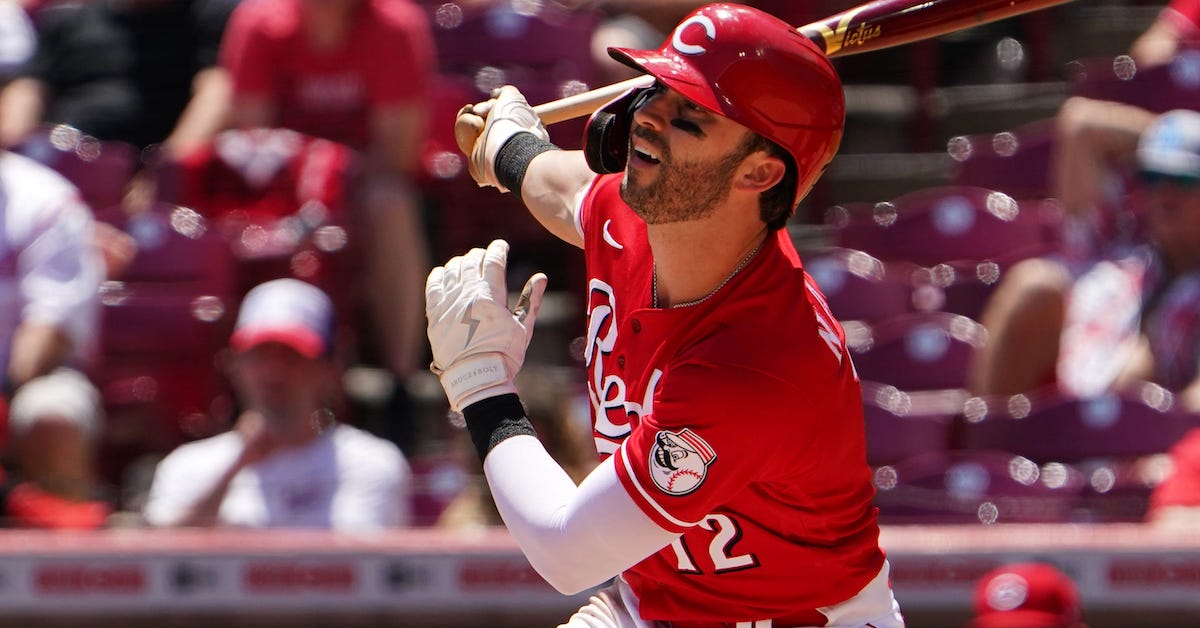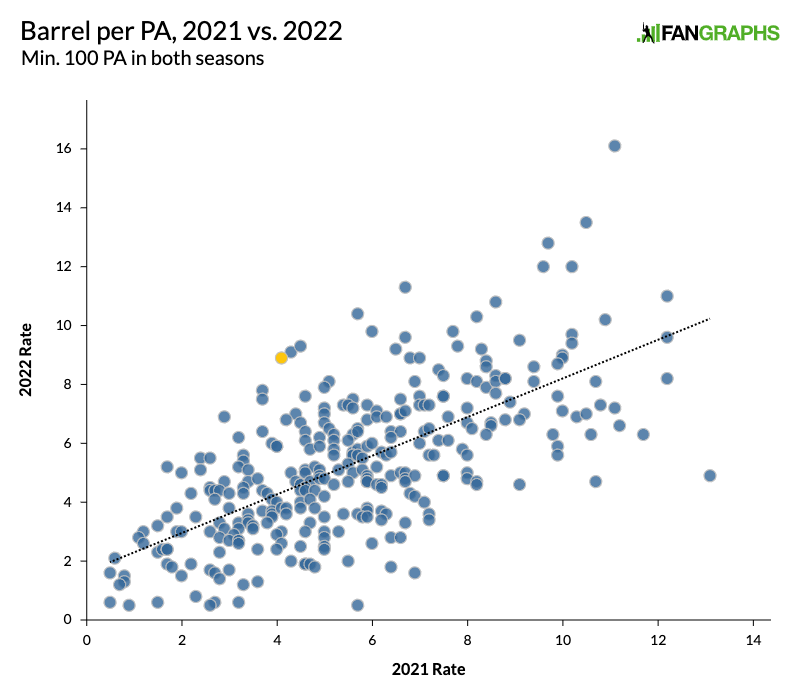The A’s Add More Major League-Ready Arms in Montas Swap

Oakland fetched a sizable return in the trade that sent the potent combination of Frankie Montas and Lou Trivino to the Yankees on Monday afternoon. The deal is headlined by two top 100 prospects, lefty Ken Waldichuk and righty Luis Medina, and is supplemented by near-ready backend starter JP Sears and fleet-footed A-ball second baseman Cooper Bowman. All three pitchers are essentially big league-ready, with Medina and Sears already on the 40-man roster, and Waldichuk a lock to be added after the season and likely to debut next year.
The youngest of that trio is Medina, a 23-year-old flamethrower who has been a prospect of import for over half a decade, walking the starter/reliever balance beam all the while. Now at Triple-A Scranton Wilkes-Barre, he has made 17 starts (he typically works four to five innings at a time and has maxed out at six twice this season) while posting a 3.38 ERA, his third consecutive level where he has posted a sub-4.00 ERA. While he’s historically struggled with walks (he’s been at least a five walks per nine guy his entire career) and overall consistency, Medina’s stuff makes him tough to square up and induces lots of groundballs (50% GB%). His fastball has been in the mid-to-upper-90s his entire career and is parked in the 94-98 mph range again this season, peaking at 102. Read the rest of this entry »









